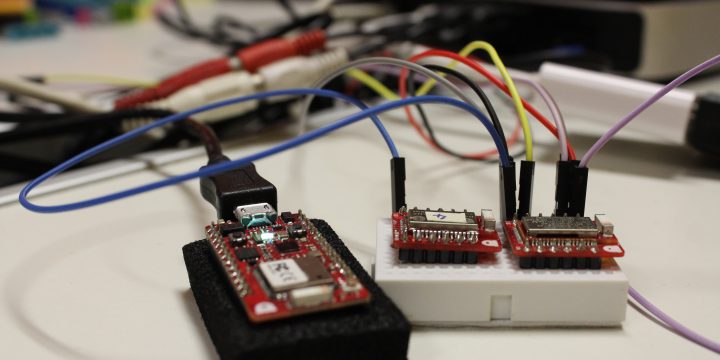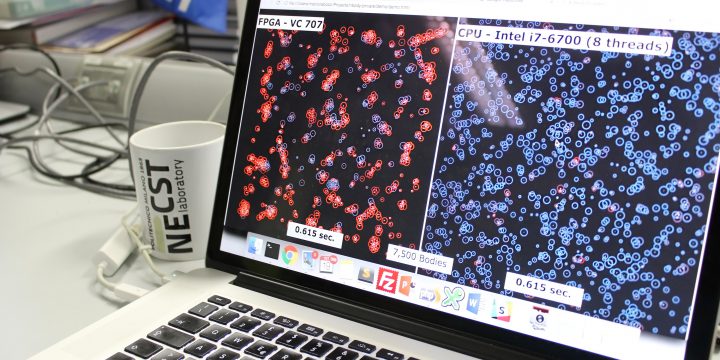
Who Said Academic Research Can’t Go to Market? Studying and Improving Technology Transfer Processes
Scientific research and industry are often perceived as a dichotomy, two inconciliable world dumb to never understand each other. However, when scientific research is not successfully transferred to the market, it does not fully leverage its innovation potential and does not impact on people’s lives. By Sara Notargiacomo Technology Transfer Manager @NECSTLab, Politecnico di Milano The main reason of such a gap can be found in their different time frame and incentive system. Indeed, the long period perspective of academic research is unsuitable to match with companies short-term necessities and go-to-market strategies. Furthermore, researchers do not always foresee the true potential of their research projects because they lack of business and commercialization skills. Moreover, they are often asked to postpone the publication of their work in order to comply with…




